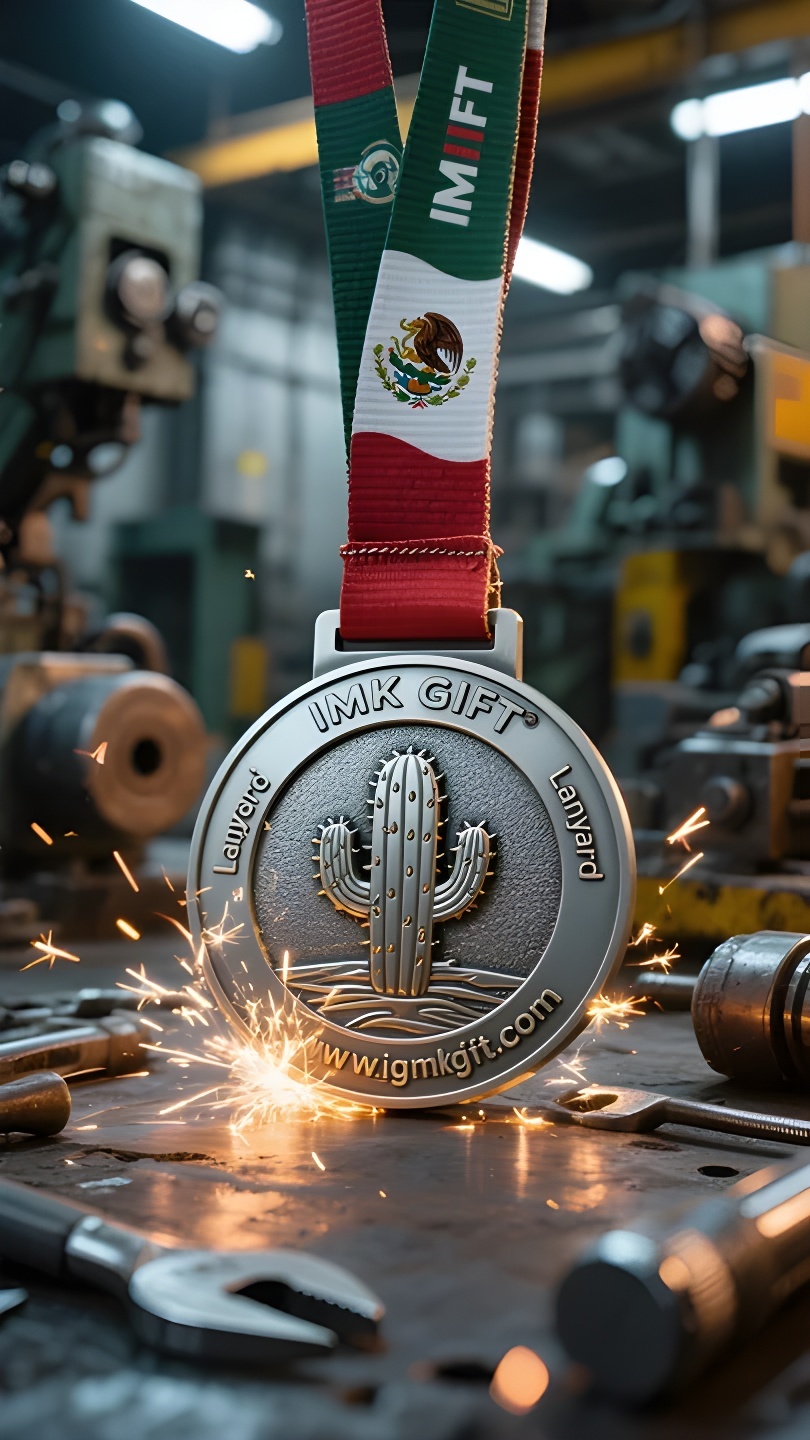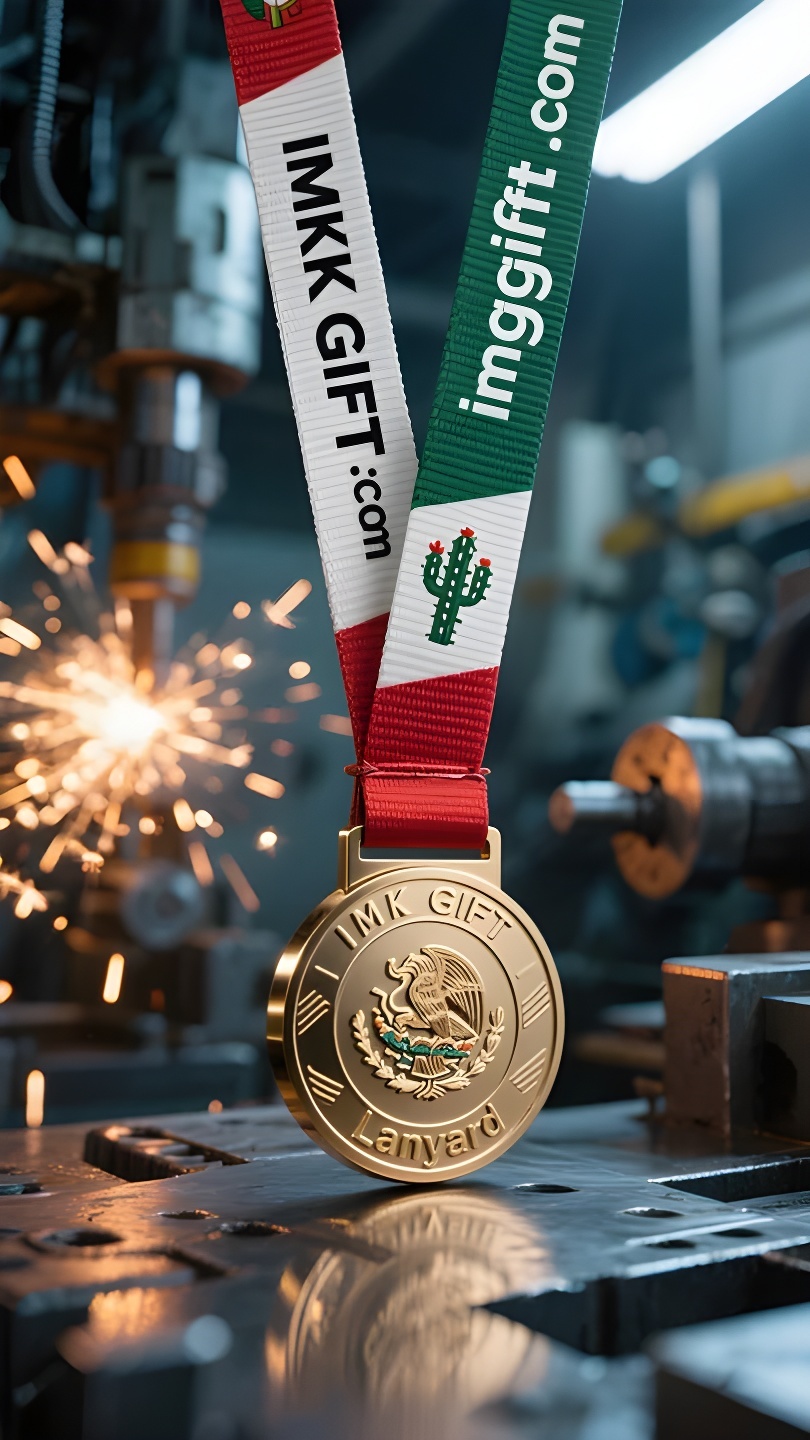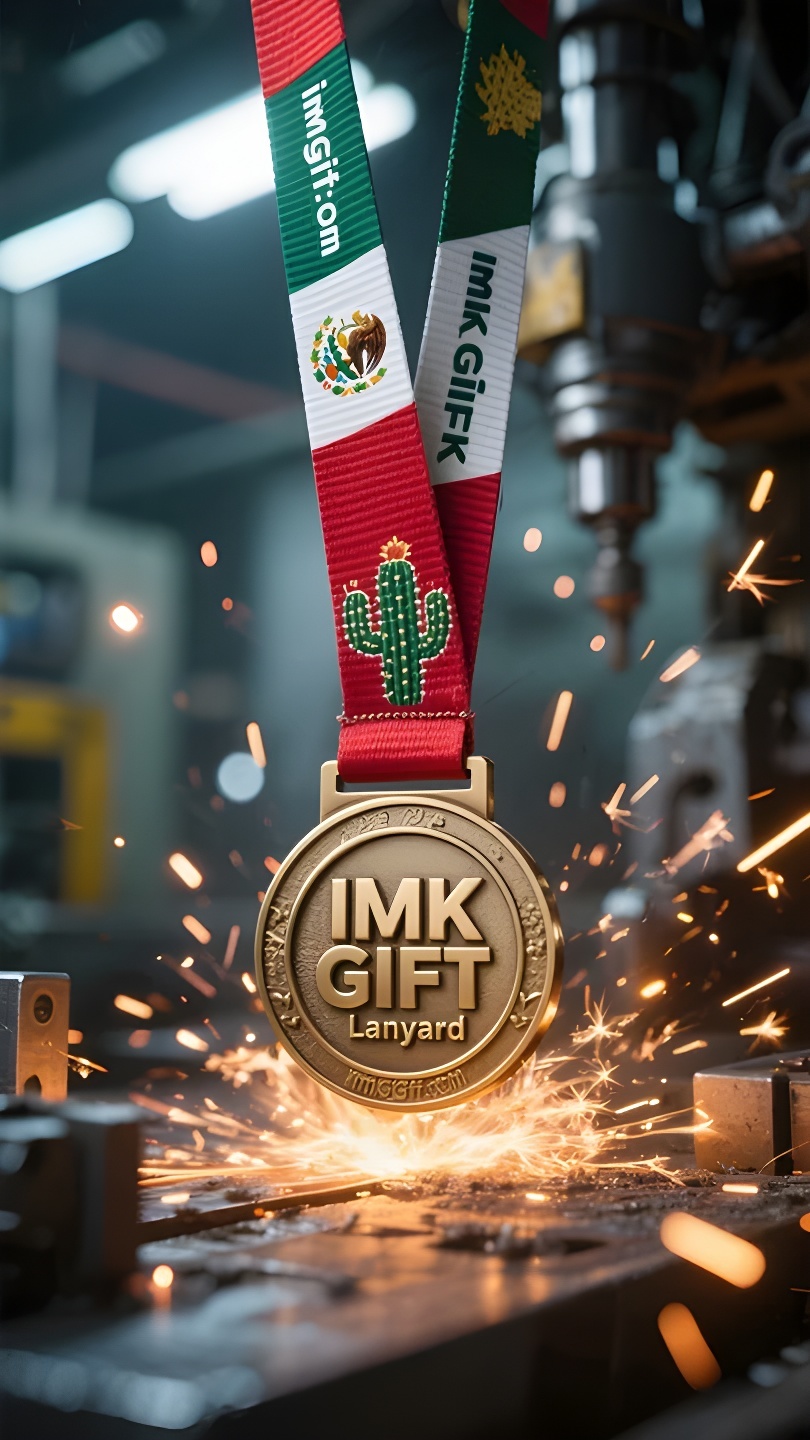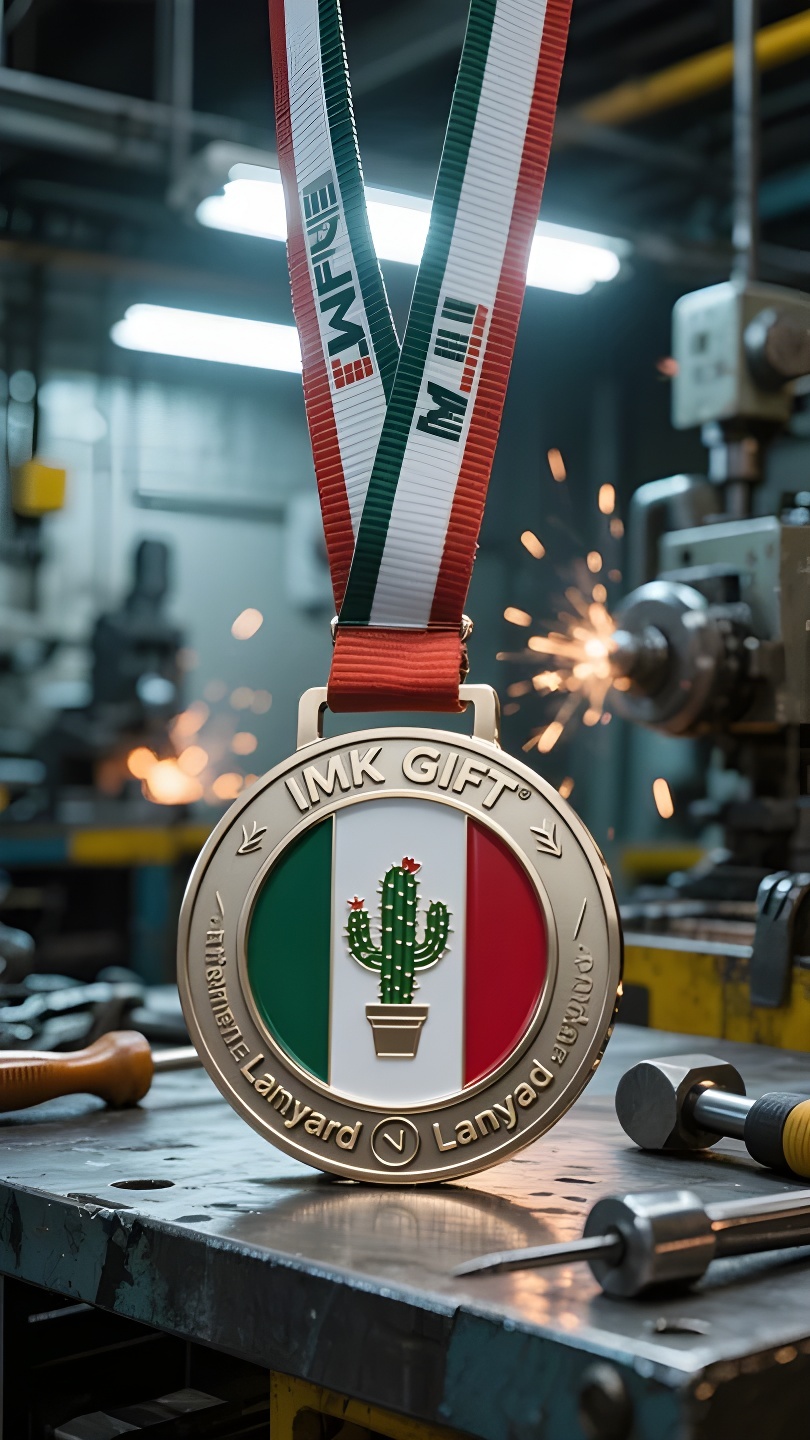in988-Medalla-de-Espinas-Busca-la-Medalla-de-la-Vida-en-el-Reino-Cactus
▼
En septiembre, México, el resplandor de las celebraciones del Día de la Independencia aún no se ha disipado. Las banderas nacionales verde, blanca y roja ondean al viento, y el tótem del águila de cactus en el centro narra la filosofía de supervivencia de esta tierra durante miles de años. La medalla de cactus que cuelga junto a la bandera nacional interpreta la sabiduría de vida grabada en los genes de los mexicanos de la manera más simple: moderando el sufrimiento en medallas. Las espinas del cactus son un campo de pruebas natural, pero han producido la “flor reina” más hermosa del altiplano mexicano. Según la leyenda, los aztecas encontraron la escena de un águila sosteniendo una serpiente en el cactus, según el oráculo, y finalmente fundaron la ciudad de Tenochtitlán. La medalla de cactus de hoy continúa esta metáfora: el cordón tejido con cuerda de cáñamo áspera es como la fibra resistente del cactus; la textura cóncava y convexa de la medalla de metal es como la marca de supervivencia dejada por las espinas. Cada rasguño es prueba del diálogo con el sol abrasador y la arena, y cada escombro metálico se precipita con la valentía de cruzar el desierto. Esta “gloria espinosa” ha superado hace tiempo el ámbito de la competición y se ha convertido en un tótem espiritual de los mexicanos. Cuando los cordones que llevan los corredores de maratón se pulen con sudor y grava, y cuando los artesanos tejen fibras de cactus en artesanías tradicionales, todos repiten la dialéctica de supervivencia de sus antepasados: no evitan el sufrimiento, sino lo convierten en una escalera que escalar. Al igual que el cactus que sostiene la civilización en el emblema nacional, la tierra más pobre a menudo engendra la vitalidad más tenaz. En esta época de celebraciones, la bandera mexicana y la medalla del cactus forman un conjunto de alegorías de supervivencia: la verdadera medalla no está en las nubes, sino en los callos que quedan en las palmas al cruzar espinas. Cuando las correas de cáñamo se tensan en la piel, tocamos la forma más auténtica de la vida: el ardor y la dignidad al brotar de la tierra.
In September, Mexico, the afterglow of the Independence Day celebrations has not yet dissipated. The green, white and red national flags are unfurling in the wind, and the cactus eagle totem in the center tells the survival philosophy of this land for thousands of years. The cactus lanyard medal hanging next to the national flag is interpreting the life wisdom engraved in the genes of Mexicans in the most simple way – tempering suffering into medals. The thorns of the cactus are a natural proving ground, but they have produced the most gorgeous “king flower” on the Mexican plateau. According to legend, the Aztecs found the scene of an eagle holding a snake on the cactus according to the oracle, and finally established the city of Tenochtitlan. Today’s cactus lanyard medal continues this metaphor: the lanyard woven with rough hemp rope is like the tough fiber of the cactus; the concave and convex texture on the metal medal is like the survival mark left by the thorns. Every scratch is a proof of the dialogue with the scorching sun and sand, and every metal debris is precipitated with the courage to cross the desert. This “thorny glory” has long surpassed the scope of competition and has become a spiritual totem of the Mexicans. When the lanyards around the necks of marathon runners are polished to a shine by sweat and gravel, and when craftsmen weave cactus fibers into traditional handicrafts, they are all repeating the dialectic of survival of their ancestors – not avoiding suffering, but making suffering a ladder to climb. Just like the cactus that holds up civilization in the national emblem, the poorest soil often breeds the most tenacious vitality. In this celebration season, the Mexican flag and the cactus medal form a set of survival allegories: the real medal is not in the clouds, but in the calluses left on the palms when crossing thorns. When the hemp rope straps are tightened into the skin, we touch the most authentic shape of life – that is the burning and dignity when breaking out of the ground.
九月的墨西哥,独立日庆典的余温尚未散去,一面面绿白红三色国旗在风中舒展,中央的仙人掌雄鹰图腾诉说着这片土地千年的生存哲学。而悬挂在国旗旁的仙人掌挂绳奖牌,正以最质朴的方式诠释着墨西哥人刻入基因的生命智慧——将苦难淬炼成勋章。
仙人掌的尖刺是自然的试炼场,却在墨西哥高原上开出了最艳丽的”帝王花”。传说中阿兹特克人根据神谕,在仙人掌上发现雄鹰叼蛇的景象,最终建立了特诺奇蒂特兰城。今天的仙人掌挂绳奖牌延续着这个隐喻:用粗糙的麻绳编织的挂带,犹如仙人掌坚韧的纤维;金属奖牌上的凹凸纹理,恰似尖刺留下的生存印记。每一道划痕都是与烈日风沙对话的证明,每一粒金属碎屑都沉淀着穿越荒漠的勇气。
这种”带刺的荣耀”早已超越竞技范畴,成为墨西哥人的精神图腾。当马拉松选手脖颈的挂绳被汗水和砂砾磨得发亮,当工匠将仙人掌纤维编入传统工艺品,他们都在重复着祖先的生存辩证法——不是躲避苦难,而是让苦难成为攀援的阶梯。正如国徽中那株托起文明的仙人掌,最贫瘠的土壤往往孕育最顽强的生命力。
在这个庆典季,墨西哥国旗与仙人掌奖牌构成一组生存寓言:真正的勋章不在云端,而在穿越荆棘时留在掌心的老茧里。当麻绳挂带勒进皮肤的瞬间,我们触摸到了生命最本真的形状——那正是破土而出时的灼热与尊严。
▼
Contact Us
📞 Tel: +0086-760-85286839
📧 Email: sales3@imkgift.com








